Top 10 questions to ask when you are looking for a medical billing software vendor
If you’re in the market for a medical billing software solution, it’s important to do your research and find the right fit for your practice. One of the best ways to learn more about a software is to schedule a demo with a sales representative. During this time, you have the opportunity to ask questions and see the software in action.
To help you make the most of your demo, it’s important to come prepared with a list of key questions that will give you a better understanding of the software’s capabilities and how it fits with your practice’s needs. In this blog post, we’ll explore the top questions you should ask a sales rep during a medical billing software demo to help you make an informed decision.
Top 10 Questions You Should Be Asking a Billing Software Vendor
What are my options for medical billing software?
Medical billing software functionality: communications, task management, electronic remittance advice (ERA) tools, word processing, patient engagement, patient portal, patient kiosk, electronic prescriptions, electronic statements, appointment confirmations, unbilled claims/visits trap, inventory control, and dashboard.
Where can I send my electronics claims?
Electronic claims using medical billing software: Is the software able to send electronics claims with any clearinghouse or is it locked to only one option?
Can I reduce my claims rejections?
When using the correct medical billing software, do you need to have claim scrubbing before it goes out to the clearinghouse or your printer? Claim scrubbing is a tool that cleans your claims before submission to improve denial rates.
What is the accounting type am I getting?
Is the system open or closed accounting? Open accounting lets you add, modify, or delete the transaction data at any time. (Open accounting has its positives and many negatives, because anyone can doctor transactions, which causes inaccuracy and legal and financial risk). With closed accounting, once you save the transaction you can’t add, modify, or delete without an accounting trail.
What type of claims do I need?
What type of billing is the software designed for? Professional (837P) CMS 1500 02-12 format, Institutional (837I) CMS-1450 (UB 04), DME claims, pharmacy, ambulance, or labs.
Some systems may offer all of the options by using add-ons and third party software. Others may have strengths and weakness in different areas. Microwize can help find the right solution for your needs.
Is the database all-in-one?
Database: If electronic medical records are included with the system, are both using the same database or different databases? Is the look and feel of the EMR the same as of the medical billing portion or not?
Can I use the software for more than one practice?
Is the software multi-tenant? This is when the same install of the software can handle different practices with different names, tax IDs, and financial accounts. This is helpful with billing services and independent practices sharing the same server and software.
Which pricing model are you getting?
Pricing model: Is the pricing by provider or by seat (AKA user)? Depending on the type or size of your business, this can make a big price difference.
Do I have the reports I need?
Reports: Do you have the reports you need to manage your practice? What are your options to copy a report from a marketplace or another practice you know? What is needed to customize a report? How about reports related to incentives such as meaningful use, MACRA/MIPS, RVU, CCM, etc.?
How do I access the software?
Technology: Is it a fat client or, thin client, browser-based, or in the cloud? A fat client is a computer (client) in client/server architecture or networks that typically provides rich functionality independent of the central server. The name is contrasted with thin client, which describes a computer heavily dependent on a server’s applications.
A fat client still requires at least a periodic connection to a network or central server, but is often characterized by the ability to perform many functions without that connection. In contrast, a thin client generally does as little processing as possible and relies on accessing the server each time input data needs to be processed or validated. Similarly, software run in a browser or via a cloud application is using the server to do the processing, requiring less computing power on the device you’re using.
Medical billing software functionality:
Communications, task management, electronic remittance advice (ERA) tools, word processing, patient engagement, patient portal, patient kiosk, electronic prescriptions, electronic statements, appointment confirmations, unbilled claims/visits trap, inventory control, and dashboard.
Electronic claims using medical billing software:
Is the software able to send electronics claims with any clearinghouse or is it locked to only one option?
Can I reduce my claims rejections using medical billing software?
When using the correct medical billing software, do you need to have claim scrubbing before it goes out to the clearinghouse or your printer? Claim scrubbing is a tool that cleans your claims before submission to improve denial rates.
 Clearinghouse
Clearinghouse
Acts as an intermediary who forward claims information from healthcare providers to insurance payers. then it will perform a claims scrubbing, clearinghouses check the claim for errors, and verify that it is compatible with the payer software.
Examples of clearinghouse companies: Change Healthcare, Capario, Emdeon, Gateway, Greenway, Ability, etc.
 Relational Database
Relational Database
A digital database that organizes data into one or more tables (or “relations”) of rows and columns, with a unique key for each row. Generally, each entity type described in a database has its own table, the rows representing instances of that type of entity and the columns representing values attributed to that instance.
 Multi-Tenant Software
Multi-Tenant Software
Multi-tenancy is an architecture in which a single instance of a software application serves multiple practices. Each practice is called a tenant. Multi-tenant software is convenient to allow the same server and software to be used for multi practices. It is something that billing companies must use when looking for medical billing software.
 SaaS Software
SaaS Software
Software as a service (or SaaS) is a way of delivering applications over the Internet—as a service. Instead of installing and maintaining software, you simply access it via the Internet. Eliminates the need of a server onsite to run your software. Cloud base software also exchanged for software running without a server onsite.
 Ambulatory Care
Ambulatory Care
Health services rendered in a hospital outpatient facility, a clinic, or a physician’s office; often synonymous with the term outpatient care.
 Allowed Amount
Allowed Amount
Amount an insurance carrier will allow/approve for a billed medical procedure. Insurance carriers will sometimes limit their coverage to a portion of the approved/allowed amount (i.e., a carrier might pay only 80% of the allowed amount, with the remaining 20% due from the patient or subsequent carrier). Typically, these amounts vary on an annual basis. AKA “reasonable and customary”
 Chargeback
Chargeback
A practice management term used to describe a negative (debit, positive) payment listed on a bulk remittance from an insurance company. Larger insurance plans will “take back” a previous payment for various reasons (duplicate payment, error on first payment, patient not covered by the plan at the time of service). This type of “chargeback” affects the total amount of the paid claims (check amount) by this “chargeback” amount. AKA “take back, recoup, or auto-refund“
 Benefit Assignment
Benefit Assignment
A method under which an insured person requests that his/her benefits, under an insurance claim, be paid directly to a designated physician or hospital.
 ICD
ICD
The International Classification of Diseases (ICD) is the standard diagnostic tool for epidemiology, health management, and clinical purposes. This includes the analysis of the general health situation of population groups. It is used to monitor the incidence and prevalence of diseases and other health problems.
ICD-10 was endorsed by the Forty-third World Health Assembly in May 1990 and came into use in World Health Organization Member States as of 1994. ICD-10 was implemented on October 1, 2014.
There are differences between ICD-9 and ICD-10 that are significant, including an exponential increase in the number of diagnosis codes to address specificity. Physicians had to move quickly to educate themselves and their staff about this major change in order to meet the October 1, 2015 compliance deadline.
What Clients Say About Our Billing Staff, Support And Services
Need more info?
Call us at 800-955-0321
Call 800-955-0321 or Click below
Schedule Live Demo
Let our experts show you our solutions


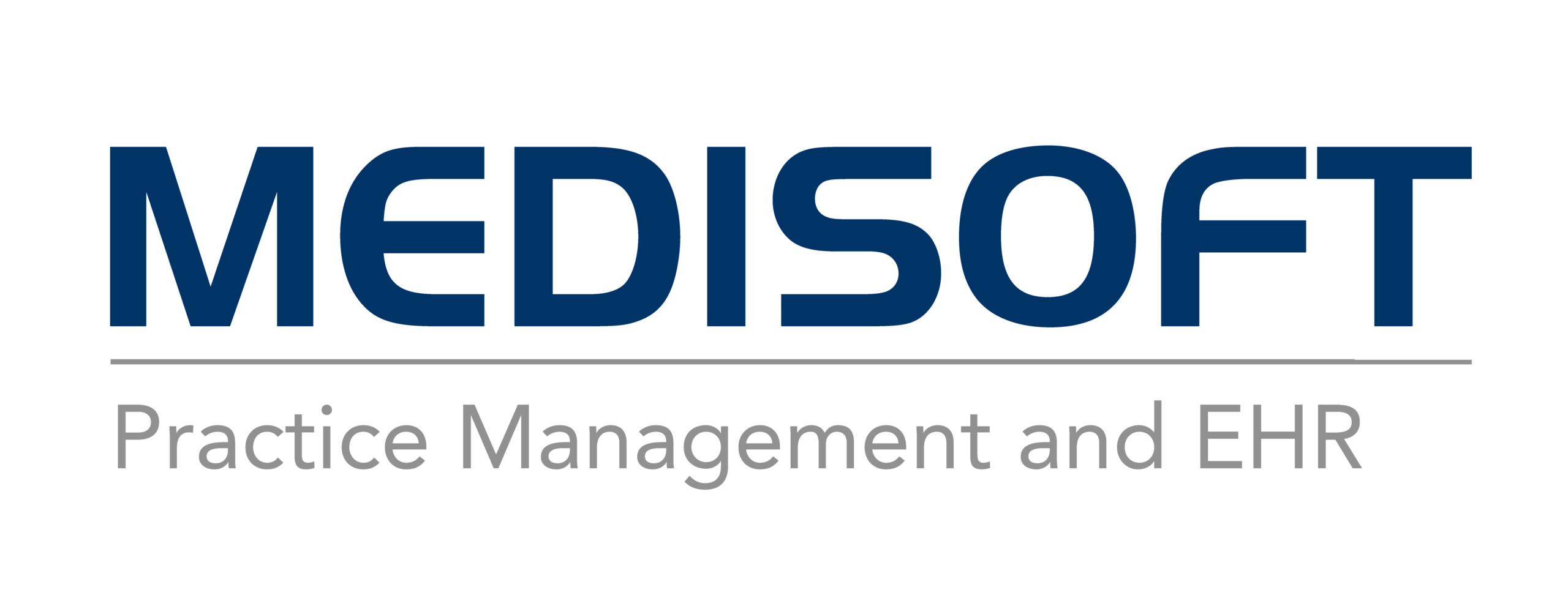
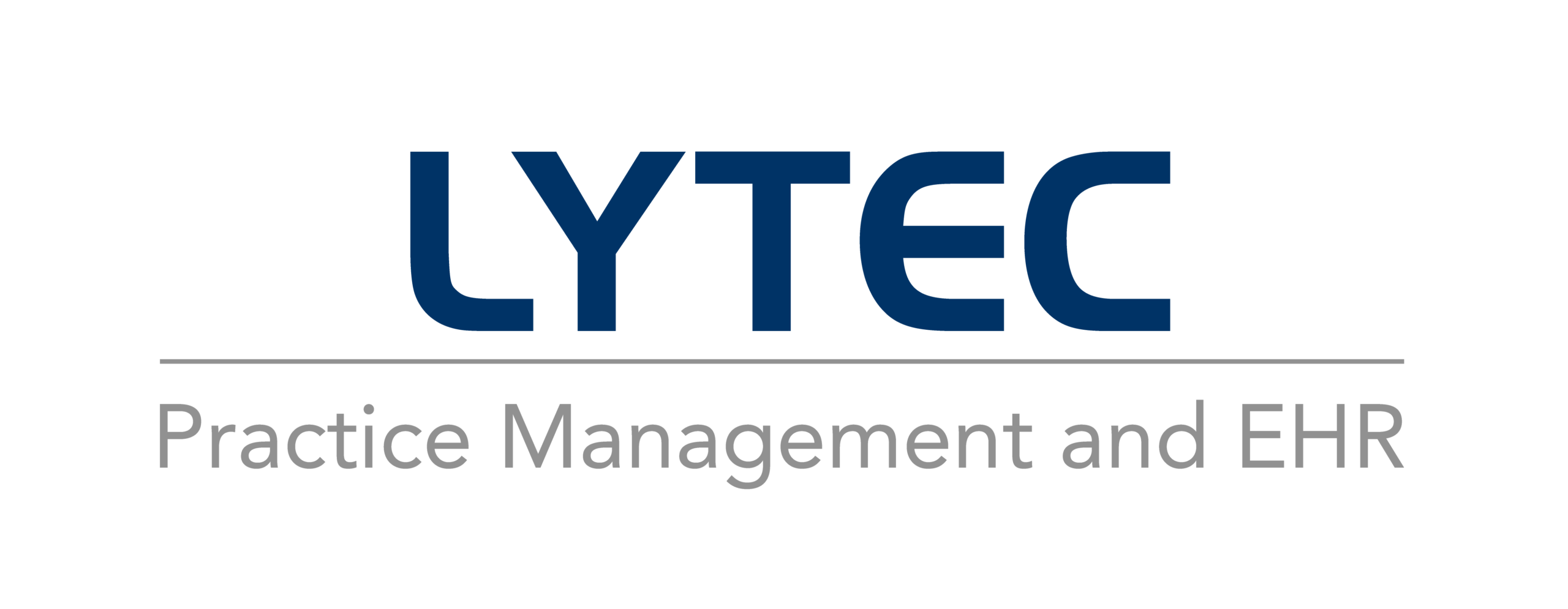


 Clearinghouse
Clearinghouse Relational Database
Relational Database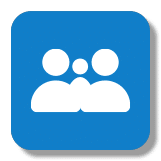 Multi-Tenant Software
Multi-Tenant Software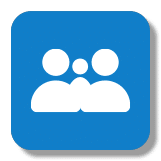 SaaS Software
SaaS Software Ambulatory Care
Ambulatory Care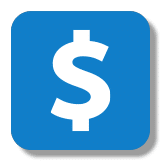 Allowed Amount
Allowed Amount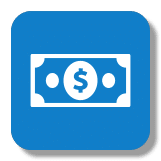 Chargeback
Chargeback Benefit Assignment
Benefit Assignment ICD
ICD